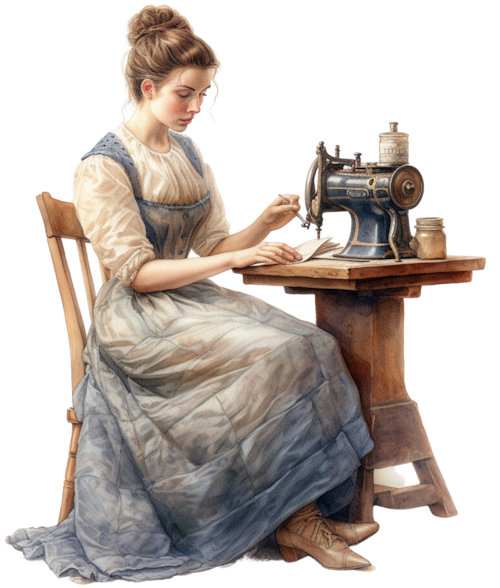Introduction
Fashion sewing, an essential craft that intertwines functionality, art, and self-expression, has been integral to human societies throughout history.
From rudimentary needlework in ancient civilizations to contemporary sewing techniques powered by advanced technology, the practice of fashion sewing has continually evolved, reflecting changes in society, technology, and cultural tastes.
In this exploration, we journey through time, tracing the progression of sewing from its earliest origins to today's innovative and sustainable methods.
Ancient Beginnings

Sewing can be traced back tens of thousands of years, beginning as a fundamental survival skill rather than an art form. Archaeological discoveries, such as bone needles dating back approximately 60,000 years, reveal the primitive yet critical necessity of sewing. Early humans sewed animal hides together for warmth and protection, using sharpened bones as needles and animal sinew as thread.
As societies advanced, so did sewing techniques. Ancient civilizations like Egypt, Mesopotamia, and China demonstrated more intricate sewing skills. Egyptian tomb paintings depict finely tailored garments and elaborate embroidery. Silk production and sewing in ancient China reflected an early sophistication, influencing global textile trade and garment creation.
Medieval and Renaissance Sewing
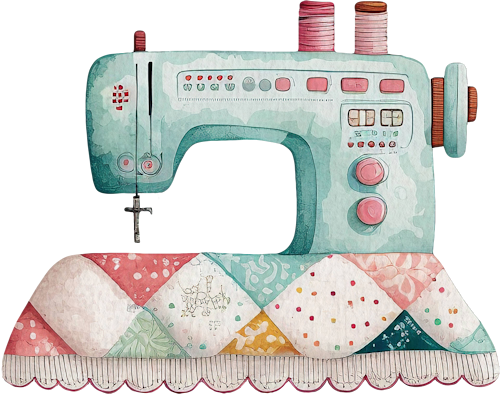
The Middle Ages and Renaissance periods significantly expanded sewing's cultural significance.
Tailors became specialized craftsmen, particularly prominent in medieval Europe, producing custom-fitted garments primarily for the wealthy elite.
Garments were often hand-stitched meticulously, reflecting one's social status through luxurious fabrics and elaborate designs.
During the Renaissance, sewing became an art form, with rich embroidery and decorative stitches embellishing clothing.
Techniques such as quilting, applique, and lace-making emerged, highlighting the skill and artistry of sewists who contributed significantly to fashion and costume history.
Industrial Revolution: Sewing Transformed
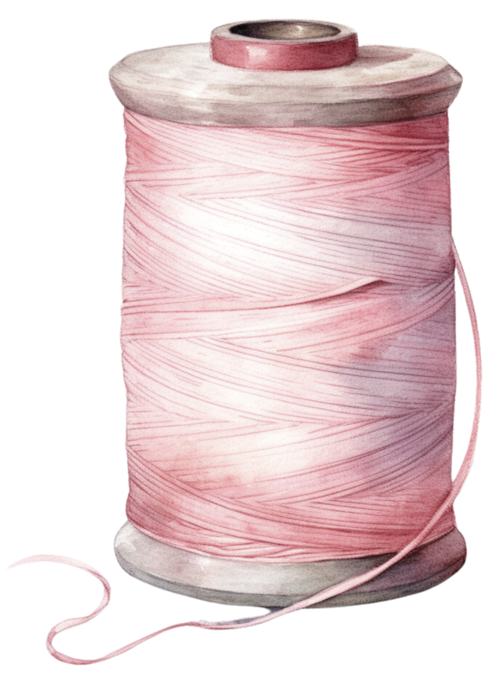
The Industrial Revolution marked a profound turning point for fashion sewing, introducing mechanical innovation that drastically increased production speed and volume.
In 1790, Thomas Saint patented the first sewing machine design, though it was not practically realized. Later, in 1846, Elias Howe successfully developed a practical sewing machine, revolutionizing garment manufacturing.
Isaac Singer further enhanced sewing technology with a foot-pedal-powered machine in 1851, making sewing machines accessible for household use.
These inventions radically transformed garment production, transitioning it from artisanal hand sewing to mass manufacturing, significantly influencing fashion trends and making clothing more affordable and accessible.
20th Century: Fashion Sewing Goes Mainstream
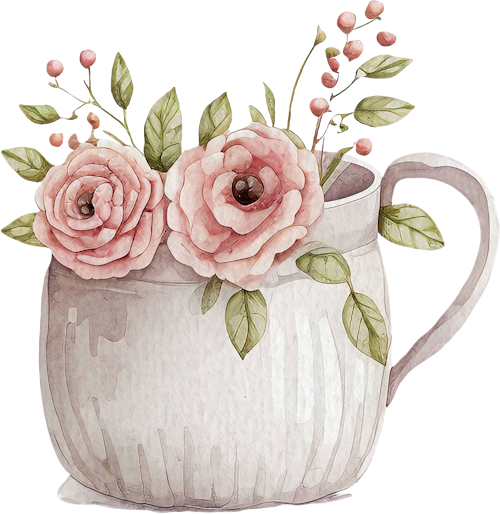
Throughout the 20th century, sewing evolved from a necessary household skill to a popular hobby and creative outlet.
Home sewing patterns, introduced by companies like Butterick and Vogue, became widely accessible, empowering individuals to create fashionable clothing at home.
The emergence of ready-to-wear fashion did not diminish sewing’s appeal; instead, sewing provided a means of personalization, customization, and economic savings.
During World Wars I and II, sewing took on renewed importance due to fabric rationing and economic hardship, encouraging resourcefulness and creativity. Sewing allowed individuals to mend, repurpose, and create clothing, maintaining fashion and personal style despite challenging times.
Modern Sewing Innovations
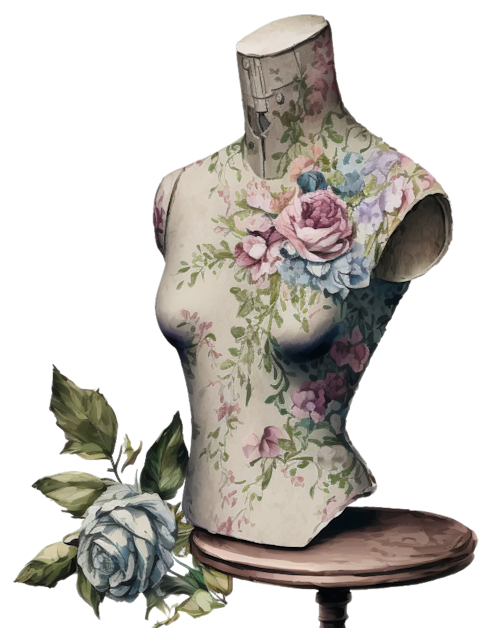
Today, fashion sewing integrates advanced technologies, significantly impacting techniques and outcomes.
Computerized sewing machines offer precision stitching, embroidery, and numerous automatic functions, enhancing both quality and efficiency.
Innovations such as sergers (overlockers) and coverstitch machines further professionalize home sewing.
Contemporary fashion sewing also embraces digital patternmaking, 3D body scanning, and virtual fitting technology, allowing unprecedented personalization and accuracy.
These advancements make fashion sewing more accessible and enjoyable for both beginners and professionals, continually expanding creative possibilities.
Sustainability: The New Frontier
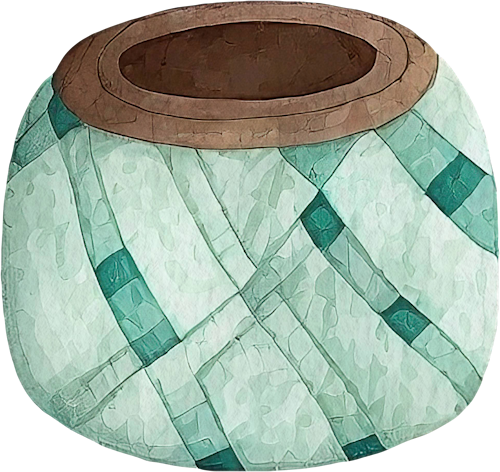
In the modern fashion world, sustainability has emerged as a critical concern, transforming sewing practices.
Slow fashion, upcycling, and DIY movements promote sewing as a sustainable, ethical alternative to fast fashion.
Sewists today emphasize quality, craftsmanship, and eco-friendly materials, reflecting growing awareness about fashion's environmental impact.
Sustainable sewing involves practices like repairing, repurposing old garments, and choosing environmentally responsible fabrics.
This movement reconnects modern sewing with its historical roots in resourcefulness and necessity, highlighting the cyclical nature of fashion trends and sewing practices.
Sewing as Expression and Empowerment
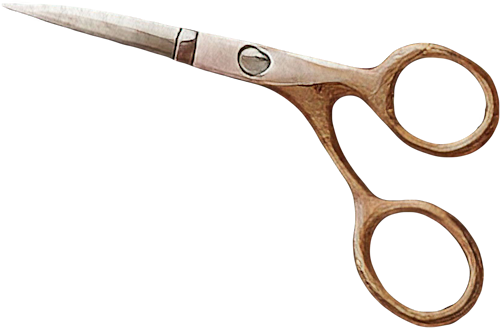
Sewing continues to serve as a profound expression of personal identity, creativity, and empowerment.
In contemporary culture, sewing is celebrated through social media platforms, online communities, and instructional resources, making it easier than ever to learn and engage in sewing.
Fashion sewing empowers individuals to challenge mass-produced fashion norms, fostering personal style and creative expression.
For many, sewing is not only a practical skill but also a therapeutic, fulfilling activity, creating communities of shared interests and support around the globe.
Conclusion
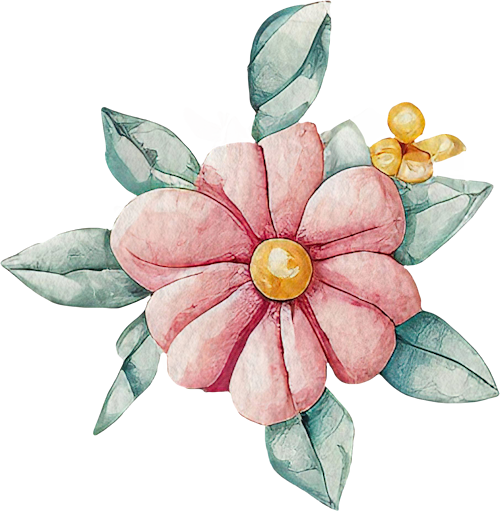
The evolution of fashion sewing reflects humanity's journey from basic survival to expressive artistry and sustainability.
As we trace this transformation, we witness a craft continually reshaped by innovation, societal shifts, and cultural values.
Fashion sewing, deeply woven into our history, remains relevant today, adapting to contemporary needs while preserving timeless skills and traditions.
Whether through technological advancement, sustainable practices, or creative expression, sewing remains a fundamental and cherished aspect of human culture, evolving yet enduring through the fabric of time.

